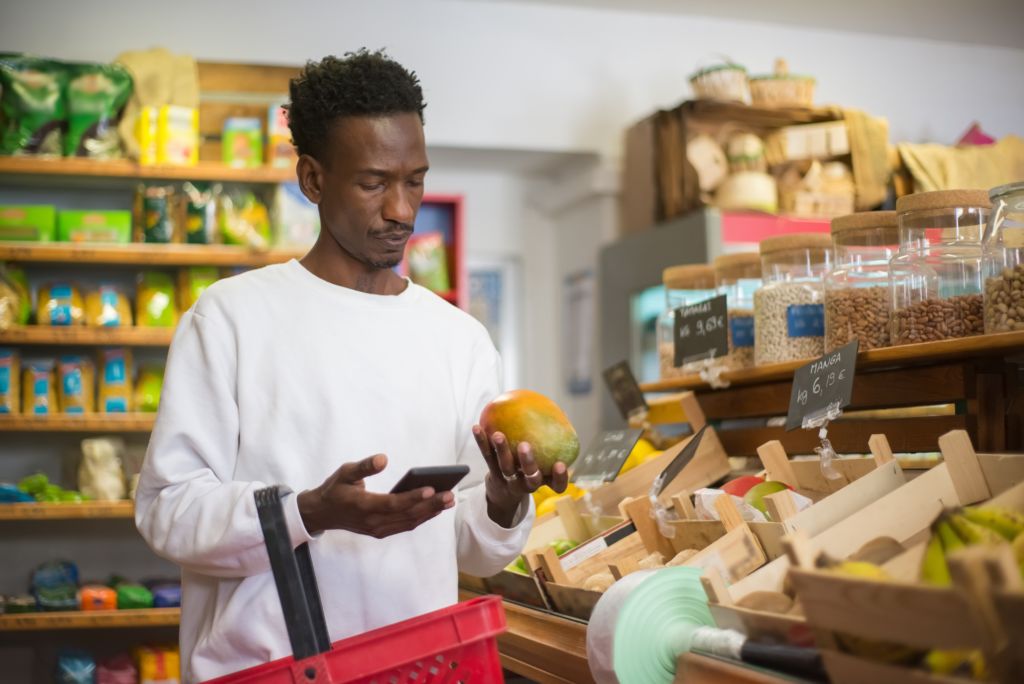Everything you need to know about what’s on the horizon in the new year.
The new year is officially here, and it’s bringing with it some significant changes to the grocery industry. But the more things change, the more things stay the same. Despite some major shifts caused by inflation, opportunities for new marketing channels, and access to consumer data, grocery stores continue to evolve to get consumers the products they need.
Below are a few trends that are sure to cause some waves in 2023…

Coupons Still Matter
Despite print media being less prevalent, coupons continue to be an important tool for grocery shoppers. The 2023 Global Digital Shopping Index found that 80% of U.S. shoppers who used coupons reported being very or extremely satisfied with their experience and that using coupons makes customers 33% more likely to be highly satisfied with their shopping trip.
Grocers have taken notice. This past Fall, B.J.’s Wholesale Club reported in an earnings call that their “digitally enabled” sales rose 43% year over year. An increase that’s been primarily driven by the brand’s push to move coupons online. 2023 will likely see an increase in coupon usage at grocery stores due to inflationary pressures and shoppers seeking money-saving opportunities. Grocers who have a digital coupon program that is user-friendly and prompted effectively stand to benefit.
Print Distribution’s Slow Death
Retailers continue to face increasing newspaper closures and the reduction of print distribution as well as the heightening cost to still send out their weekly print ads. While large retailers such as Target and Walmart have stopped print distribution completely, many other grocers are still experimenting with reduced page counts, selective weeks for distribution, and other techniques as they navigate their transition away from print.
With that said, don’t mistake the slow death of print distribution with the death of the weekly ad.
The digital circular continues to be the most visited feature on grocery websites and mobile apps, averaging over 60% of the total traffic. Retailers also are offering digital only deals, various email marketing campaigns and shifting more of their advertising budget into digital advertising.
Customers Are Tightening Their Wallets, Make Yourself an Ally
To put it simply, the grocery industry benefited greatly from the pandemic. They remained open while other types of retailers closed, customers stockpiled goods, avoided eating out and bought new varieties of products in addition to their pantry staples. As a result, grocery stores saw a significant boost in sales and were able to remain profitable despite the economic downturn.
But 2022 began to usher in a new era of financial caution as shoppers felt the effects of inflation. As prices continue to rise, 2023 can expect to see inflation impact high-income customers as well, who will begin cutting back on spending as losses on investments pull money away from spending. A recent survey suggests that among shoppers, 62% are scaling back on non-essentials, 55% are switching to lower-cost brands, and 42% are purchasing fewer items. Despite the individual challenges, the current market presents new messaging opportunities for retailers. By emphasizing savings benefits and focusing on new offerings aimed at shopper engagement, retailers have an opportunity to weather the likely recession and still see progress.
Have you joined a Retail Media network yet?
Retail media was the topic of 2022, and it isn’t going anywhere in the new year. By 2024, retail media ad spending in the U.S. is expected to exceed $60 billion dollars. These networks have the ability to provide retailers with new opportunities to monetize their digital engagement, flipping the script on who holds the selling power between retailers and brands.
As the world begins to plan for a future without third-party cookies, CPGs are scrambling to come up with new ways to direct communications and promotions to individual shoppers. These brands are looking for retailers who have access to the first-party data of their shoppers. Any customer-specific data is valuable, but analytics based on a shopper’s purchase history will be particularly valuable. This level of access provides an unprecedented opportunity to create more targeted and effective marketing campaigns.
The last two years have been hectic, and it’s difficult to imagine any other sector having as many shifts in consumer behavior as the grocery industry. But the new year brings about a chance for retailers to evaluate their previous approaches and solidify new strategies to best address this ever-changing landscape.
